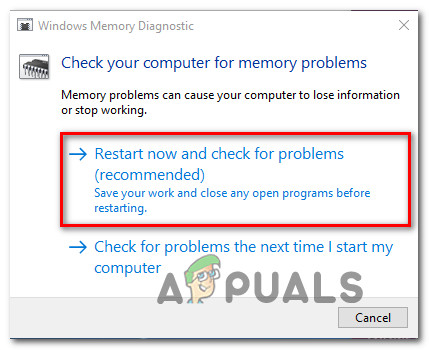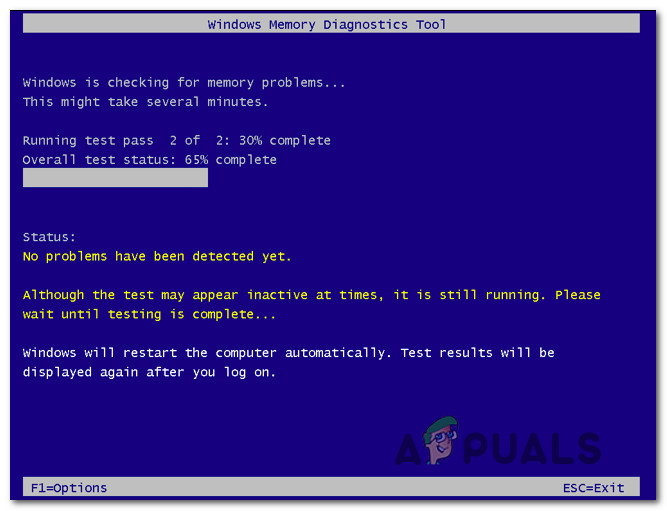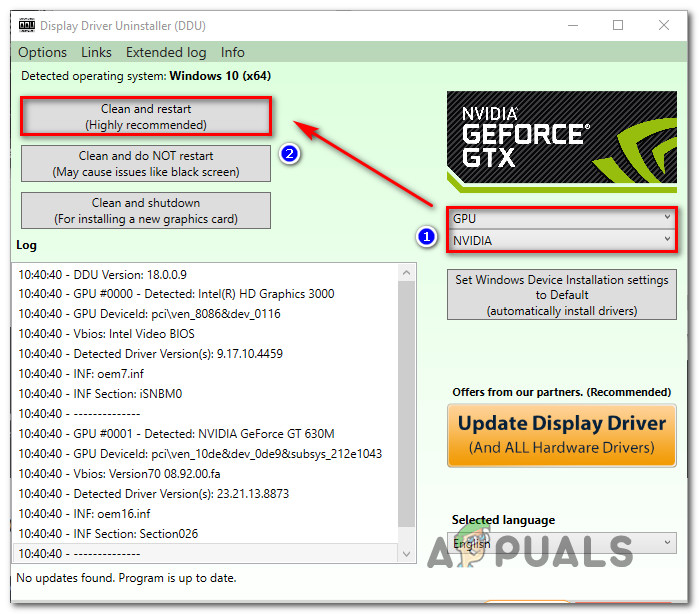Are you struggling with the “solved error setting traits on provider 8444a4fb d8d3 4f38 84f8 89960a1ef12f error 0xc0000001” issue? Are you feeling overwhelmed by the complexity of this problem? If so, you have come to the right place. In this blog post, we will discuss how to troubleshoot this error and provide you with the best possible solutions. We will cover what the error is and how to address it in a professional and efficient manner. We will also walk you through the steps to take to try and solve the problem yourself. By the end of this blog post, you should be feeling more confident and capable of solving this error setting traits on provider 8444a4fb d8d3 4f38 84f8 89960a1ef12f error 0xc0000001 issue. So let’s get started.
Fix Blue Screen Error 0xc0000001 in Windows 10,8,7 – [2021 Solution]
Errors in the Operating System
A corrupted computer will cause a slew of problems. System file corruption manifests itself in Event Viewer as the error setting traits on Provider ‘8444a4fb’ error. Invalid 0xc0000001″ entry.
Method 3: Investigating / Replacing RAM Modules
It turns out that a malfunctioning memory stick that prevents temporary data from being stored temporarily could also be the cause of the Error setting traits on Provider 8444a4fb-d8d3-4f38-84f8-89960a1ef12f error message.
However, you should take the time to make sure that you are actually dealing with a bad memory before you decide to replace your RAM sticks. To do this, you can run a stress test on your RAM using the Windows Memory Diagnostic tool to determine whether you have any hardware issues.
To make things simpler for you, adhere to the guidelines below to use the Windows Memory Diagnostic tool to test your RAM:
 Note: If you’re prompted by the UAC (User Account Control), click Yes to grant administrative privileges.
Note: If you’re prompted by the UAC (User Account Control), click Yes to grant administrative privileges.

Move down to the next method below for additional methods of resolving the Error setting traits on Provider 8444a4fb-d8d3-4f38-84f8-89960a1ef12f if the scan you just performed inside the Windows Memory Diagnostics tool didn’t reveal any underlying issues with your RAM.
Method 2: Cleaning Residual GPU driver files and Reinstalling it
The Error setting traits on Provider 8444a4fb-d8d3-4f38-84f8-89960a1ef12f issue, according to some impacted users, is caused by a discrepancy in your GPU driver. This issue is typically reported to arise following the installation of a new driver version.
If this situation applies, you should take the time to install and use Display Driver Uninstaller (DDU), a third-party utility, to completely remove the current GPU driver and every related dependency in order before cleanly installing the most recent version from scratch.
If you want step-by-step directions on how to utilize the DDU utility to repair possibly corrupted GPU driver files before reinstalling the dedicated GPU drivers, refer to the following list of instructions:


Continue to the next potential solution below if the issue is still present.
FAQ
What is 8444a4fb d8d3 4f38 84f8 89960a1ef12f?
It turns out that a malfunctioning memory stick that prevents temporary data from being stored temporarily could also be the cause of the Error setting traits on Provider 8444a4fb-d8d3-4f38-84f8-89960a1ef12f error message.
How do I fix Event ID 41?
- Disable overclocking. If the computer has overclocking enabled, disable it.
- Check the memory. To ascertain the configuration and health of the memory, use a memory checker.
- Check the power supply. …
- Check for overheating.
How do I fix Kernel event trace?
- Method 1. Restart Your Computer.
- Method 2. Flush IP and DNS Cache.
- Method 3. Disable IPv6.
- Method 4. Temporarily Disable Your Antivirus.
- Method 5. Enable the SysMain and Superfetch Services.
- Method 6. Edit the Autologg Key in Your Registry.
- Method 7. Update Your Intel Drivers.
- One More Thing.
What is Microsoft Windows remediation?
Windows Setup Remediations is a Windows servicing stack update. It is made to take care of Windows update tasks like clearing up space on your computer, making sure it is awake for updates, and fixing any damaged updates.
